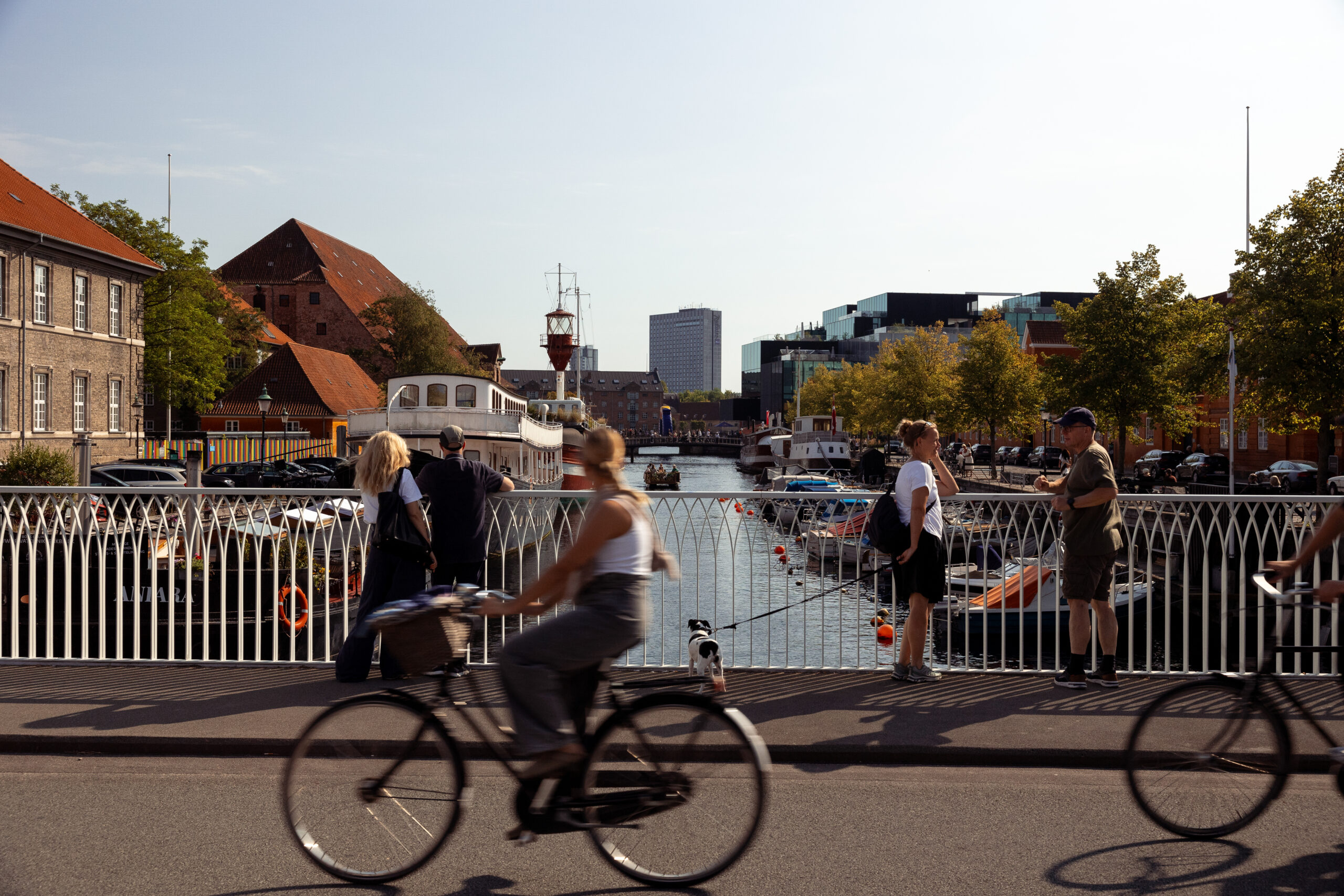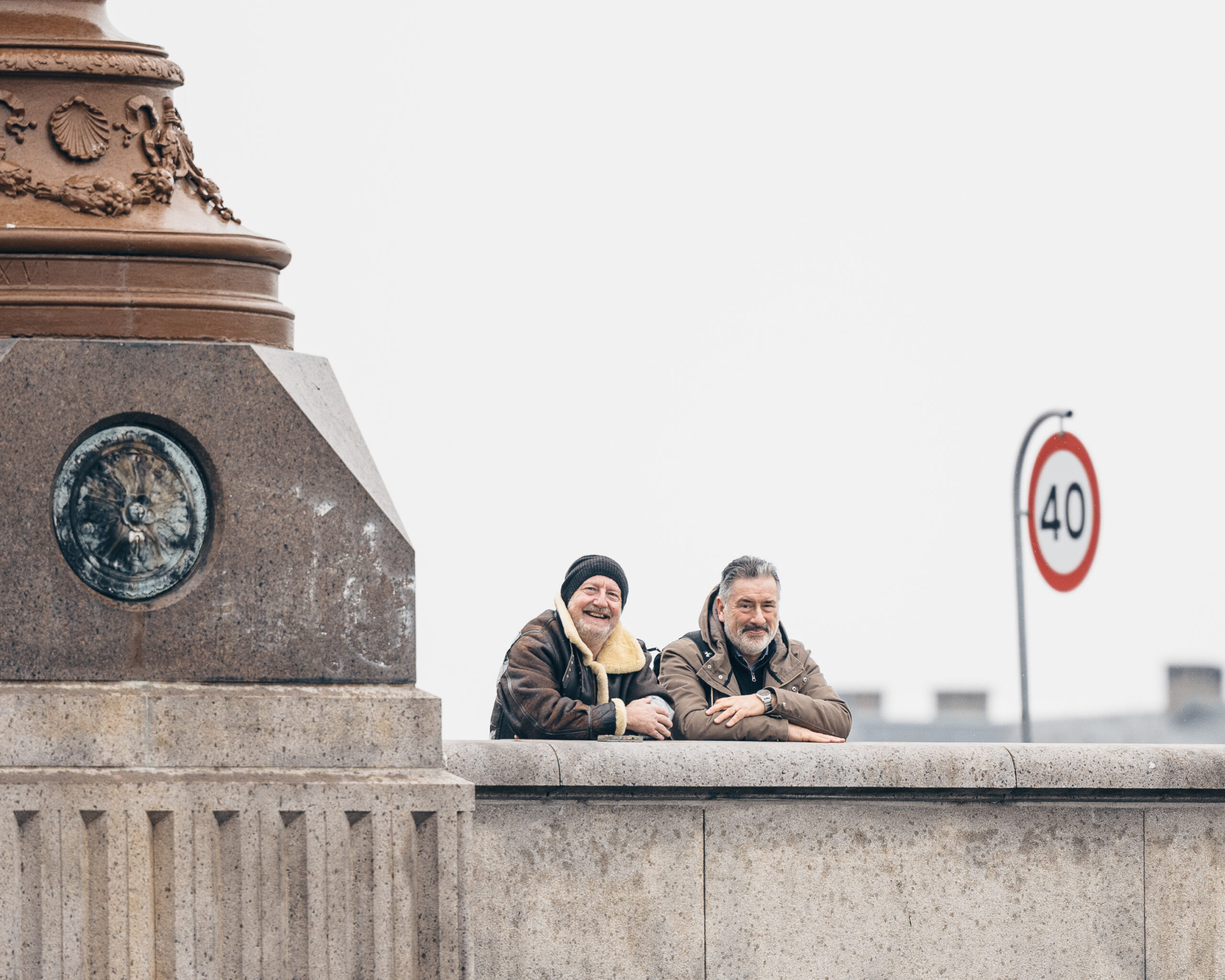On Good Friday, March 29, two bombers and four fighters from the Russian Air Force approached Swedish airspace, completely catching the Swedes by surprise.
With the Swedes asleep at the wheel, two Danish F-16 jets under NATO command were sent up to face the approaching Russians. The Russian jets turned around just 30-40 kilometres, a couple of minute’s flight time, from Sweden’s border and the Danish F-16’s fell in to ‘shadow’ the Russians, or “fly the flag” as the defence minister, Nick Hækkerup (Socialdemokraterne), put it.
“The Danish planes did exactly as they should have and it’s completely standard procedure that they fly up and show that they are aware of the other airplanes,” Hækkerup told Jyllands-Posten newspaper. “The difference in this case was that the planes were Russian and not something we are used to seeing in these parts.”
The mission over the Baltic Sea had been kept under wraps until yesterday when Swedish daily Svenska Dagbladet revealed the details.
The Russian mission has sparked great political debate in Sweden due to the fact that no Swedish jets were sent up to 'greet' their Russian counterparts.
Had the Danish fighters, which flew in from the NATO base in Lithuania, not been sent up, the Russian jets could have theoretically entered Swedish airspace without confrontation.
Swedish military experts told Svenska Dagbladet that the Russians were most likely testing the possibility of bombing two central targets in Sweden – one near the capital of Stockholm and one in southern Sweden.
Hækkerup said that the Russian action would not lead to an official inquiry from the Danes, but the Swedish authorities have found it “deeply concerning” that Russia has found it necessary to train “that type of mission”, according to Svenska Dagbladet.
According to reporting from Sweden's English-language news source, The Local, the country's foreign minister, Carl Bildt, said that the Swedes would not demand an official explanation from Moscow.
"We don't react to everything, we're not up in the air for everything and we shouldn't be," Bildt told TT news agency.
The four Russian fighters, or ‘flankers’ as they are known in NATO jargon, were of the SU-27 make, while the two bombers were TU-22M3s, bombers which, in theory, are able to carry atomic weapons.
The Danish air command, Flyvertaktisk Kommando, confirmed that the two Danish fighters had been in action over Easter, but refused to elaborate further. NATO has said that it will reveal details of the situation within a few days.












